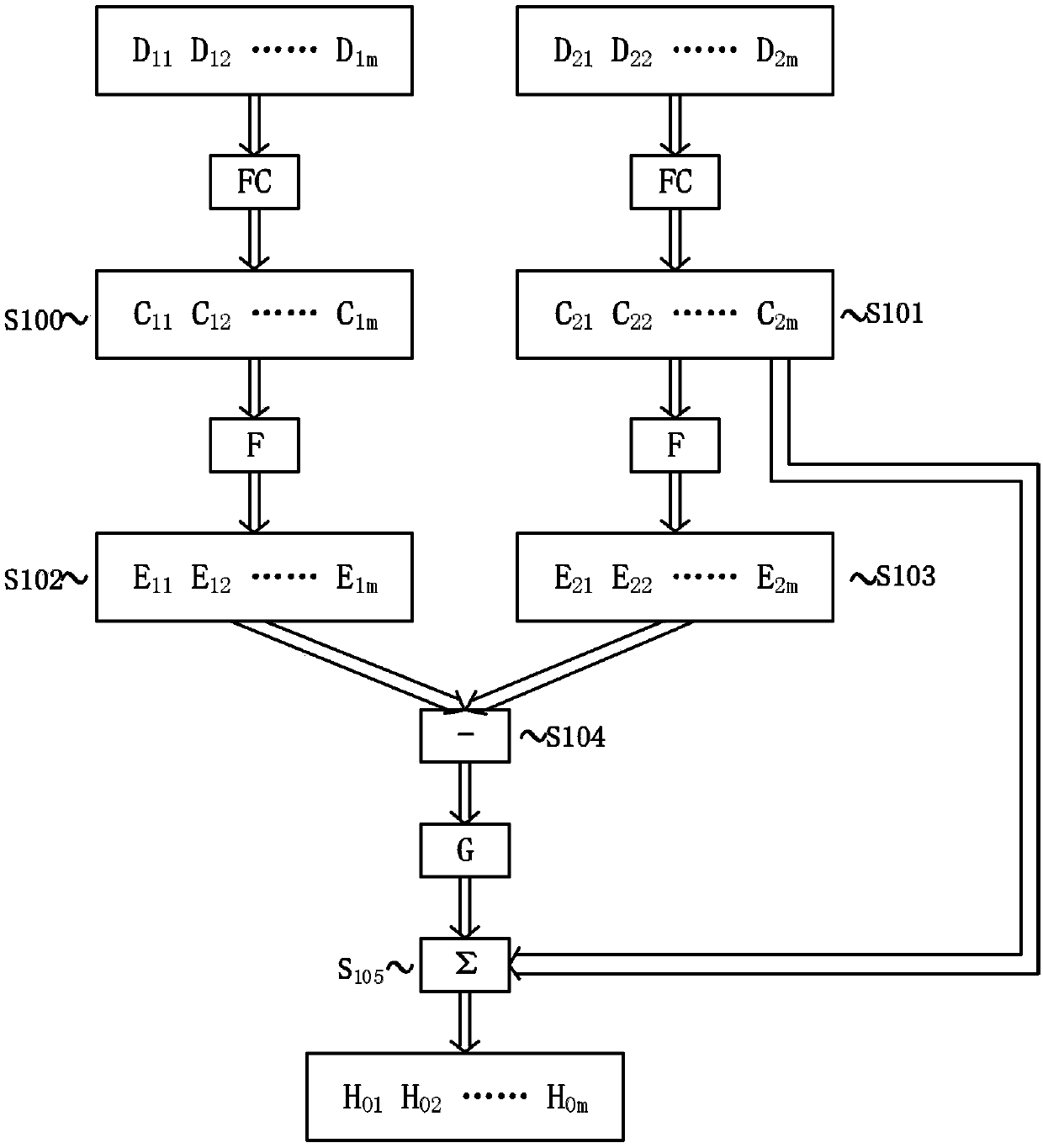Method and system for controlling cooling system of power equipment
A technology for power equipment and cooling systems, applied in general control systems, control/regulation systems, transformer/inductor cooling, etc., can solve the problem of high initial temperature and insufficient quantitative models to meet the operating efficiency goals of power equipment, Increase transformer power loss and life loss and other issues
- Summary
- Abstract
- Description
- Claims
- Application Information
AI Technical Summary
Problems solved by technology
Method used
Image
Examples
Embodiment Construction
[0021] In the following description, for purposes of explanation and not limitation, specific details such as particular circuits, circuit components, interfaces, techniques, etc. are set forth in order to provide a thorough understanding of the present invention. It will be apparent, however, to one skilled in the art that the invention may be practiced in other embodiments without these specific details. In other instances, detailed descriptions of well-known methods, programs, devices, and circuits are omitted so as not to obscure the description of the present invention with unnecessary detail.
[0022] figure 1 A method for controlling a cooling system of an electric device according to an embodiment of the present invention is illustrated. For example, the electrical device is a power transformer. Such as figure 1 As shown in , step by step determine the operating cost-related parameters Powerloss, Lifeloss, and Noisereductionloss of the first load cycle and the secon...
PUM
 Login to View More
Login to View More Abstract
Description
Claims
Application Information
 Login to View More
Login to View More - Generate Ideas
- Intellectual Property
- Life Sciences
- Materials
- Tech Scout
- Unparalleled Data Quality
- Higher Quality Content
- 60% Fewer Hallucinations
Browse by: Latest US Patents, China's latest patents, Technical Efficacy Thesaurus, Application Domain, Technology Topic, Popular Technical Reports.
© 2025 PatSnap. All rights reserved.Legal|Privacy policy|Modern Slavery Act Transparency Statement|Sitemap|About US| Contact US: help@patsnap.com



